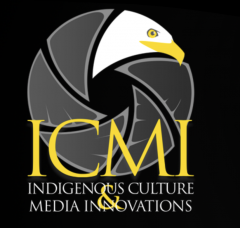
Indigenous Culture & Media Innovations
Recently, our partners at Indigenous Culture and Media Innovations http://icmi.ca/ reached out to us with a question. They have a project exploring how Indigenous peoples in Canada use social media for expression and community engagement. One aspect of this project is to explore how the underlying algorithms of social media – the videos that get auto-queued based on past viewing, the suggestions for other people or tags to follow, the funnelling of interests, the financialization of attention and monetization of outrage – cause particular harms to Indigenous people. The question was, ‘how do you actually collect the evidence for such things?’
After some consultations, we developed a three-pronged plan for ICMI. The first, and in many ways easiest, is a conventional literature review of the existing scholarly work on algorithmic harms. The second is a qualitative study of posts within Facebook groups, categorizing the different kinds of posts and the topics discussed. The third is a semi-automated trawl of some other major platforms (Tiktok, Instagram, Twitter, Reddit) coupled with a distant read of posts (text analysis) for the kinds of discourses found in there. For the qualitative study, the ICMI researchers will use the NVIVO platform; for the trawl of the other platforms, the researchers will have to scrape post metadata from what the platforms provide when you visit the site (if you’ve ever used the ‘inspector’ feature of the browser, you’ll have a sense of what information lurks beneath the surface that can be examined). The text analysis will be done with familiar tools like Voyant or the Topic Modeling Tool GUI.
For our part, helping ICMI work through their methodology will enable us to add guidance to our eventual CHI Field Manual.